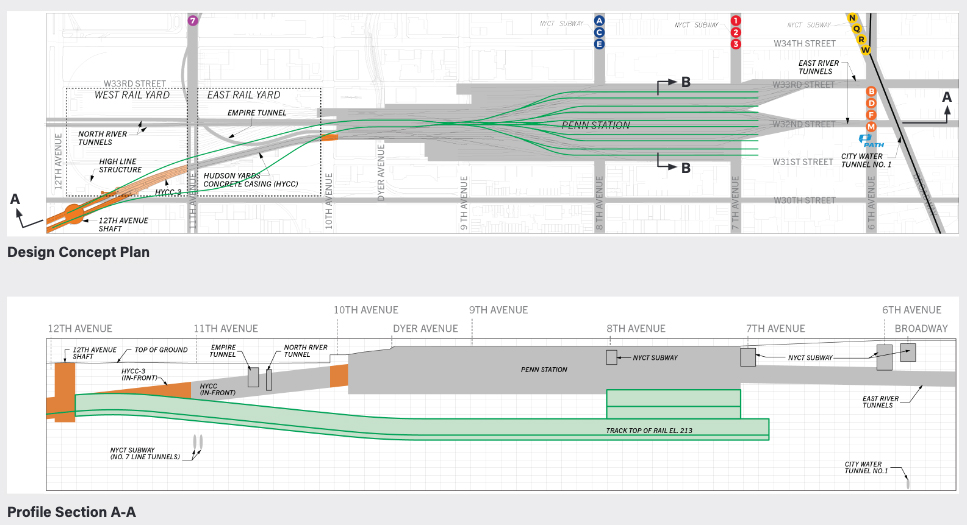
NEW YORK — Penn Station must be expanded to accommodate future traffic, according to Amtrak and the commuter railroads using the Manhattan rail hub.
That is the conclusion of a report — commissioned by Amtrak, NJ Transit, and the Metropolitan Transportation Authority — released Wednesday after studying alternatives to expansion.
The report determined that the alternatives — including addition of 10 tracks below the existing facility, through running of commuter trains, and full or partial reconstruction of existing tracks and platforms — either were not feasible or would not achieve the goal of doubling the station’s capacity from 24 for 48 trains an hour to handle the additional trains that will become possible when the Gateway Tunnel under the Hudson River is completed.
“This study demonstrates that to meet the needs of the region, we must expand the station beyond its existing footprint to deliver the passenger capacity promised by the Gateway Program,” Amtrak CEO Stephen Gardner said in a press release announcing the report. “The feasibility study is part of a long-term collaboration between Amtrak, MTA, and NJ Transit to seek ways to transform the busiest train station in the Western Hemisphere into a modern, world-class facility with the capacity to provide 200,000 more passenger trips.”
Links to the full report — available as six individual chapters, along with an executive summary and two appendices — is available by scrolling to the “Project Documents” section of this web page.
Expansion of the station has long been discussed, and earlier proposals have called for a one-block expansion south of the current station; the New York Times notes that former New York Gov. Andrew Cuomo presented a “Penn Station South” concept in 2020.
But expansion has faced community opposition because of the impact it would have on residents and existing structures. The West Side Spirit newspaper reports opponents immediately decried the results of the study. A proponent of through running — which envisions a single commuter rail agency that serves the region, rather than the current NJ Transit and Long Island Rail Road services that terminate at Penn Station — said the report “completely missed the mark when it comes to evaluating the capacity a conversion to through running … would bring.” That proponent, Samuel Turvey of ReThinkNYC, says the organization’s through-running proposal would achieve the desired 48 trains per hour.
However, while the report says expansion is necessary, it does not commit to the form that project would take. The Times reports Amtrak officials say they are not sure whether they would prefer to use land south of the station or some to the north, and the three rail operators have created a Station Working Advisory Group of more than 50 people to consider the options.






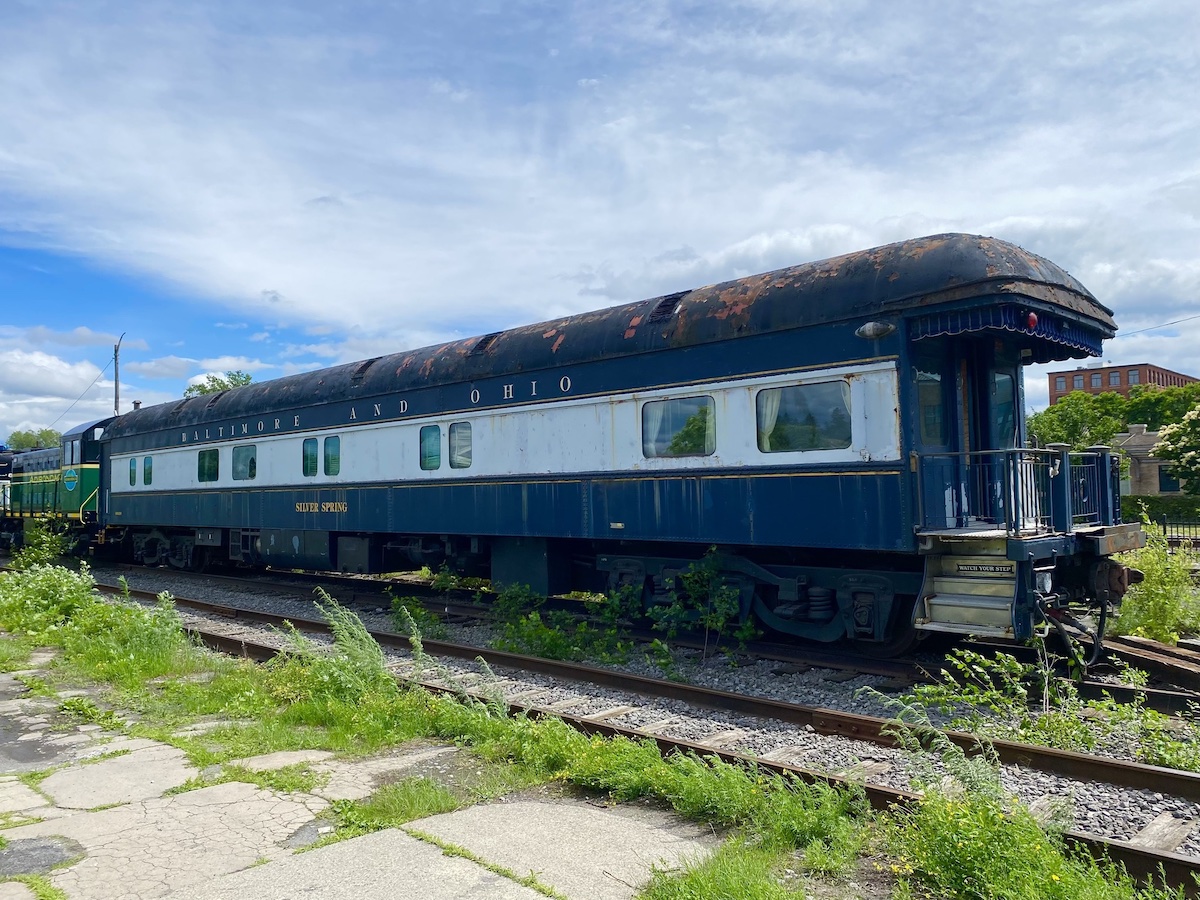
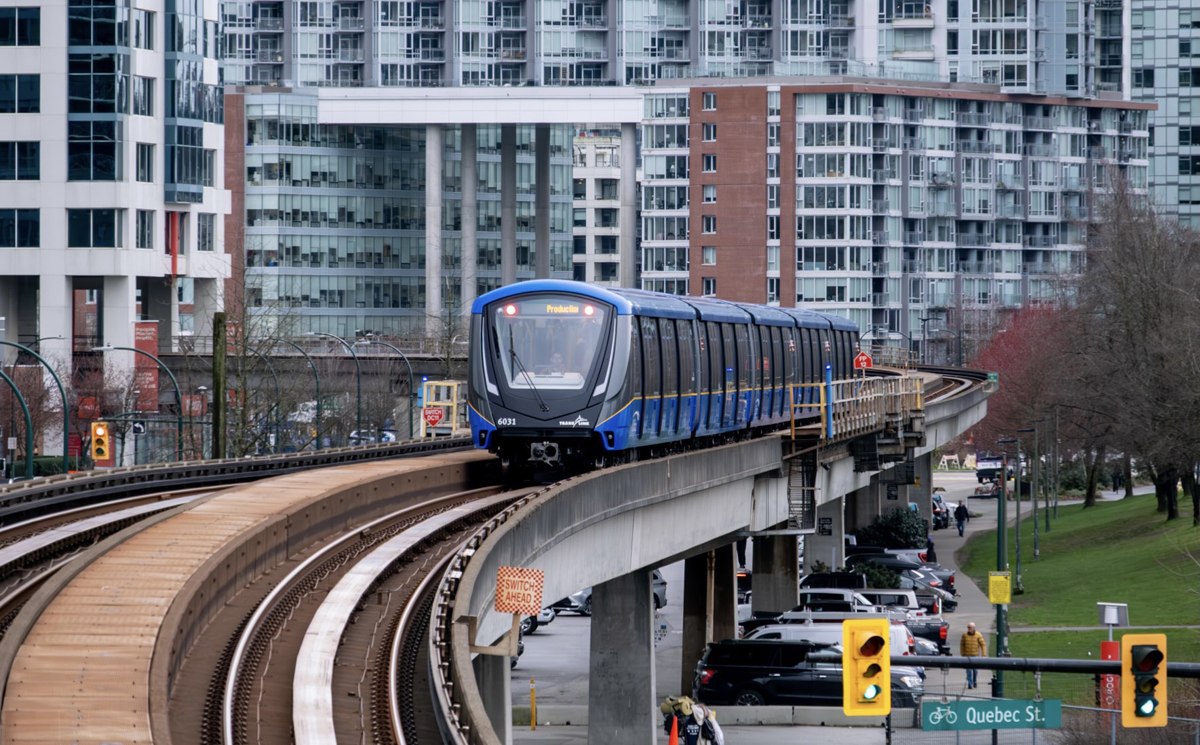
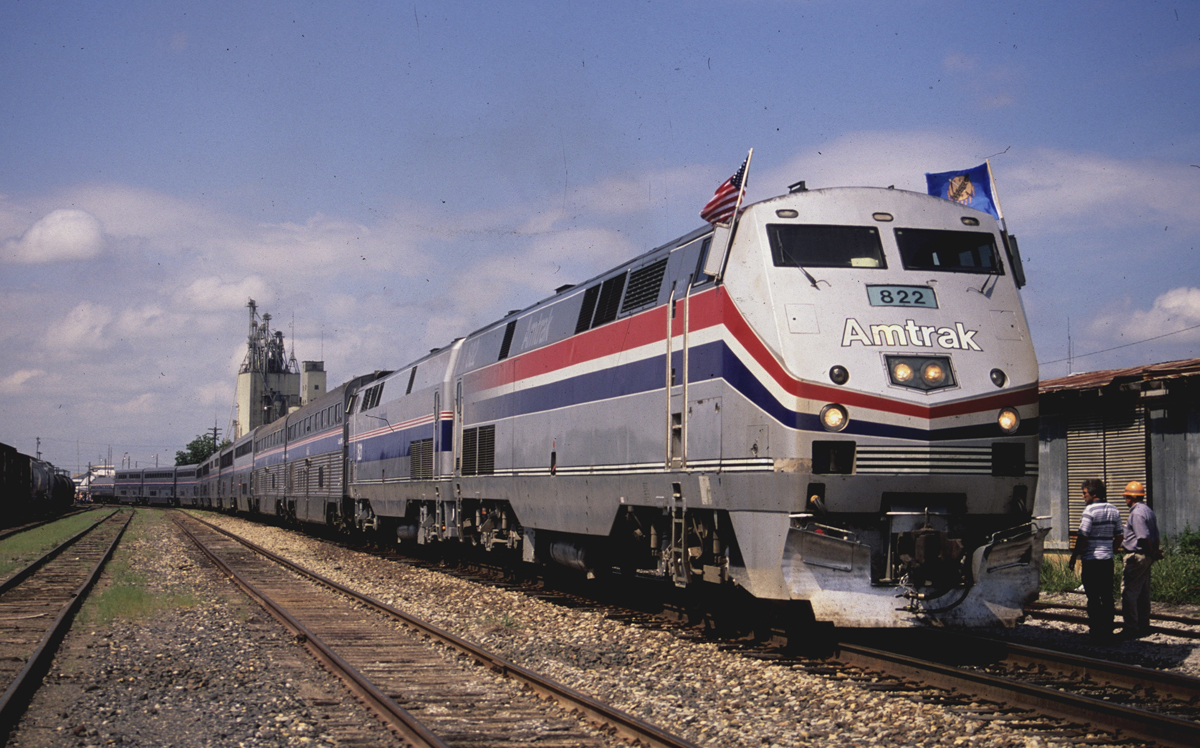
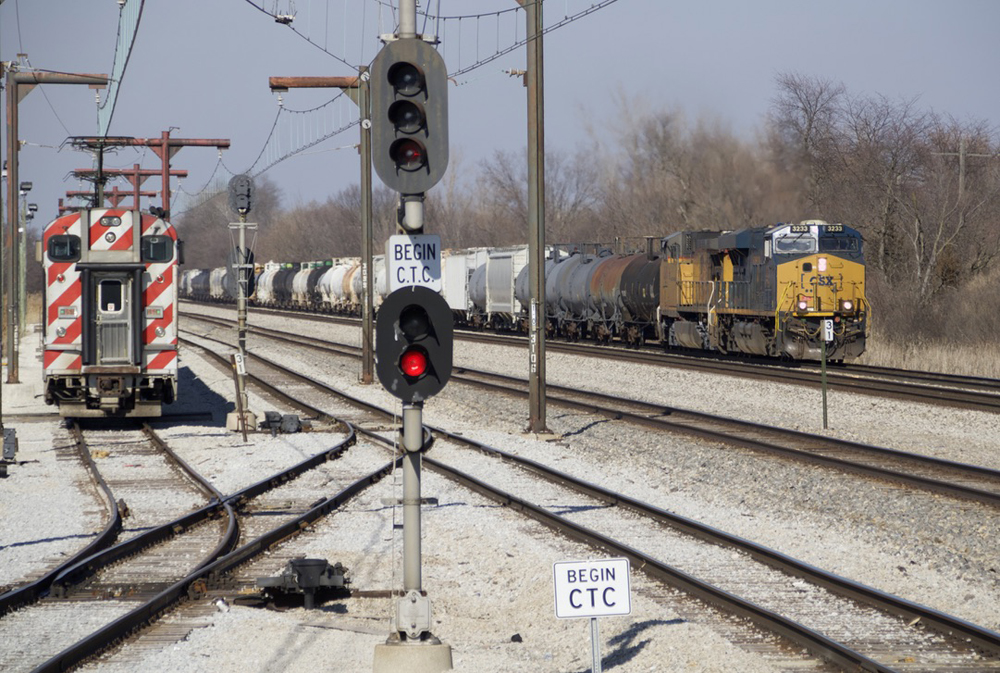




I don’t think the EP-5 locos had both types of shoes as they had pantographs for catenary running, but I am pretty sure some of the FL-9s had both types of shoes.
Have no idea what best solution is to be decided. IMO whatever is chosen has to be able to join an eventual East River tunnel bores 5 & 6.
The Gateway Project includes new stub tracks South of the 1910 Penn Station. They connect with the new North River Tubes and you cannot reach Long Island from them.
NJT would be the primary user.
The LIRR East Side Access tracks from Sunnyside to GCT-Mad have LIRR/PRR overrunning 3rd rail while the tracks in GCT proper (1913) have MNR/NYC/NH underrunning 3rd rail. The two are not compatible.
NY is a complicated place. And the people DO ride in a hole in the ground.
Mr. Mulligan – Not sure on this, but didn’t the New Haven EP-5’s have both over-running and under-running shoes,for operation into both GCT and Penn?
So I didn’t see a through running concept from the existing southern stub end of the new East Side Access/Grand Central Madison to a new through running 4-track terminal under or adjacent to Penn Station that would connect to the to be constructed Hudson river tunnels. Wouldn’t that be the most logical through running link to create as everything would be at the same level and the same type of regional service?
Personally, my druthers would be a new run through station under the Financial District (how about Grand Central South?) with NJT from the west and LIRR from the east. That’s it. Commuter only. Amtrak can stick to NYP to keep it simple.
NJT to Jamaica? LIRR to Secaucus? Why not?
Of course, the depth of the 63rd street tunnel to Park Ave curve make it difficult to connect the existing MN tracks to the new deep bore East side stub, but relative to everything it seems better than creating more stubs and then just let the TBM fly to new Hudson tunnels and small platforms under Penn.
The multigenerational effort to FINALLY get the LIRR to GCT is a tale to be expounded in volumes. That said, let that tale end. Expanding this any further belongs in the same bucket as expanding NYP, leave it alone and dig somewhere else.
to many trains over year without planning for mor platforms and tracks. To much politics and mismagement on all sides.Putting 100lbs in a 1lb box. MTA?NJT are state railroad its a power play with AMTRAK, money for the hacks, none for riders or workers.
10 new stub end tracks under the present station, as illustrated, is expensive, inefficient madness. What efficiency there is in Penn station is that it is a through station, not a terminal.
Let the congregation say, “Duh?” All this talk (and actual moving of dirt) to add track capacity and NOW we bring up there is no place to pickup/drop off all these new potential riders? How many terminal depots are there in London? How many in Manhattan?
Growth? Let’s hope and pray and work and advocate for growth, because there hasn’t been any. Most commuter railroads have been flat at best.
As for Amtrak, it has pretty much handled the same traffic counts from one decade to the next. Twenty years ago, Cailfornia accounted for all of Amtrak’s increased traffic. Proably California traffic has peaked by now.
Today’s puff piece about Amtrak in the Wall Street Journal might have clarified that. Let’s look at the numbers. If every Amtrak ticket in a given year went to a different person, that would be about 8% of America population. Since most tickets are a round trip, and since Amtrak accomodates frequent, if not daily, riders, what are we down to? One American in fifty, or one in a hundred, rides Amtrak in a given year?
Probably more like one in every 200-300 people in NE corridor America may ride Amtrak in a year-if that much. However, the NE corridor area would be in gridlock transportation-wise with out the various rail services. Outside the NE, probably its one person per thousand or several thousands that ride Amtrak.